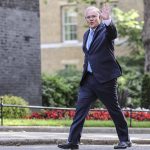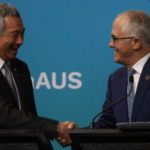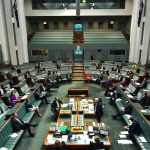Black lives matter in Australia too
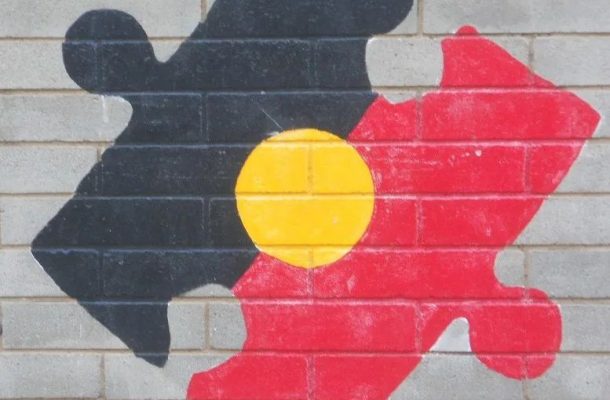
Reconciliation was born from the 1987 Royal Commission into Aboriginal Deaths in Custody. The commission was established in response to community and public outcry about the disproportionate numbers of deaths of Aboriginal people nationally while in custody of police and corrective services.
The commission’s report, handed down in 1991, led to the establishment of the Council for Aboriginal Reconciliation (CAR) by the Commonwealth. Its vision statement called for “a united Australia which respects this land of ours; values Aboriginal and Torres Strait Islander heritage, and provides justice and equity for all”.
The 10 years of work of the CAR culminated in Corroboree 2000, an event that formally handed over two documents, a Declaration Towards Reconciliation, and a Roadmap for Reconciliation to state premiers, Governor-General Sir William Dean, and Prime Minister John Howard. It also resulted in 250,000 Australians walking for reconciliation across Sydney Harbour Bridge.
Connected through its place in history and important contribution to the reconciliation movement, Mabo Day, on 3 June commemorates the High Court of Australia’s handing down of the landmark Mabo decision in 1992. This decision changed the Australian landscape, and the reconciliation movement, with many successful native title determinations established since.
Challenging the reconciliation concept
Reconciliation Australia’s vision today is for a “just, equitable and reconciled Australia”, and we see governments and corporations upholding their Reconciliation Action Plans (or RAPs). In 2017, Reconciliation Australia reported that more than 700 organisations had created RAPs, with more than 6000 partnerships existing between Indigenous communities and RAP organisations.
Some Indigenous people challenge the notion of our place in the reconciliation agenda, of our need to reconcile, and questioning whose business “reconciliation” actually is. Despite the momentum of the reconciliation over the years, there’s scepticism about the dynamic that RAPs enable.
Creating tension in their efforts, RAPs can place a burden on Indigenous staff in needing to engage and stand up in their efforts to lead and be present in the partnerships around the reconciliation work.
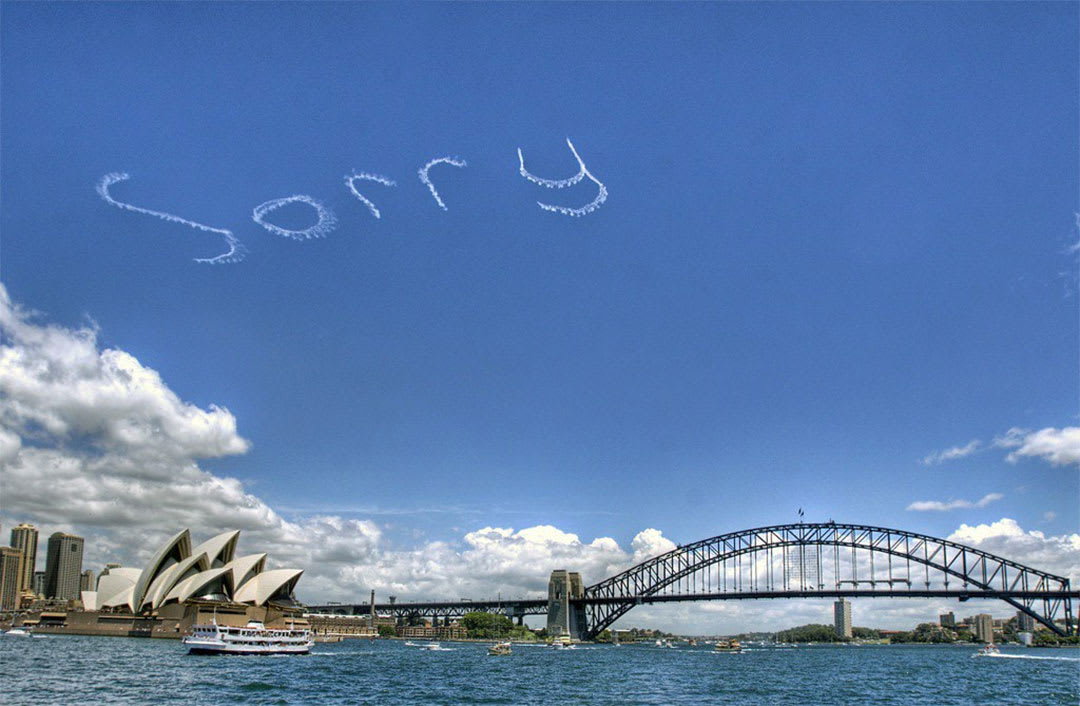
Rhetoric and hypocrisy can be seen everywhere in the reconciliation space. When you reflect on it, you might consider the rhetoric that exists in the notion of reconciliation given our history, along with the smoke and mirrors that can be seen in the reconciliation commitments of corporate, NGO and government RAPs, where evidence in practice suggests Indigenous people are disregarded and can experience ongoing injustices, even with the commitments to uphold a RAP.
Indigenous people are disproportionately incarcerated in Australian prisons, many serving time for misdemeanours and civil crimes for which the majority of non-Indigenous people would receive lighter sentences.
Hypocrisy can also be seen in the child protection system, where Indigenous kids are removed from their families at rates again that are disproportionately high when compared to non-Indigenous children in the out-of-home care systems.
Even with annual recognition of the Stolen Generation in Sorry Day, we’ve failed to learn from the past, with Indigenous children over-represented in the child protection system, despite government departments and organisations within the system having Indigenous strategies and RAPs.
There’s no denying that vulnerable kids need to be protected and nurtured; however, where is the recognition that vulnerable children live with vulnerable caregivers and families?
Indeed, where is the recognition that vulnerable children grow up to be vulnerable adults, and vulnerable parents. These families need strength-based solutions to keep families together – not a continuation of generational traumas of removing children.
The birthing trees controversy
In western Victoria, the Djab Wurrung have been in conflict with the state government over plans to build a highway that will result in the destruction of sacred trees, particularly sacred birthing trees.
Here is a government, recognised by many as progressive in its efforts and achievements in Aboriginal affairs and reconciliation, that finds itself at war with Aboriginal traditional owners over birthing trees.
Highways must be straight and efficient in helping citizens get across country; across Aboriginal country. Yet, to build this highway, the government must disregard the Djab Wurrung people’s connection, and spiritual relationship with country, their ancestors, and each other.
With these tensions in play, how does the government uphold its commitment to reconciliation, while progressing the development of the state?
The destruction of cave systems
Then, of course, there is last week’s reports of Rio Tinto using dynamite to blow up and destroy two cave systems that have previously been assessed as demonstrating continuous human occupation dating back at least 46,000 years.
Many notable Australian and political leaders have spoken out about the act, including former prime minister Kevin Rudd, who tweeted about the significance of this destruction, noting the cultural heritage and cave systems were “nine times older than Stonehenge, 23 times older than the Colosseum, and 75 times older than Machu Picchu”.
Rio Tinto has a RAP, and it has publicly apologised, but one can only assume that its corporate goals to expand mining operations and profits drove it to making a decision, which it apparently legally could, even though in doing so it completely disregarded and disrespected the traditional owners, who it says it has respectfully worked in partnership with for nearly a decade.
The decision to do this comes after years of legal battles in which the traditional owners, the Puutu Kunti Kurrama and Pinikura people, have fought to protect the site.
‘I can’t breathe’: The injustice of black deaths in custody
The reconciliation movement in Australia came about due to the outcry regarding Indigenous deaths in custody. Yet, since the royal commission handed down its report in 1991, 430 Indigenous people have died in police custody.
Aboriginal and Torres Strait Islander victimisation at the hands of white settlers and institutionalised power structures like the police is now centuries old, and is the basis upon which Australia was built. That is our difficult truth we need to confront, and our political leadership commenting on, and the media reporting in Australia about, the US #blacklivesmatter crisis should not do so in ignorance of our own history.
It’s a fact that whiteness is a privilege that has been weaponised to victimise and kill Indigenous people here in Australia.
George Floyd’s tragic and avoidable death in Minneapolis beneath the knee of a white police officer has become a worldwide call for action. This call for action is happening here in Australia, with peaceful protests occurring across our country. They’re occurring in support of the US crisis, and because of the ongoing injustices of black deaths in custody that we experience in Australia.
Earlier this week, during National Reconciliation Week, a Sydney police officer was placed on restricted duties pending an investigation into his alleged use of overly excessive violence in the arrest of a 17-year old boy after coming across a group of youths and engaging them in conversation.
The act of the police officer was caught on video and is being shared across social media, which will add further fuel to the movement and protests across Australia for the fact that #blacklivesmatter.
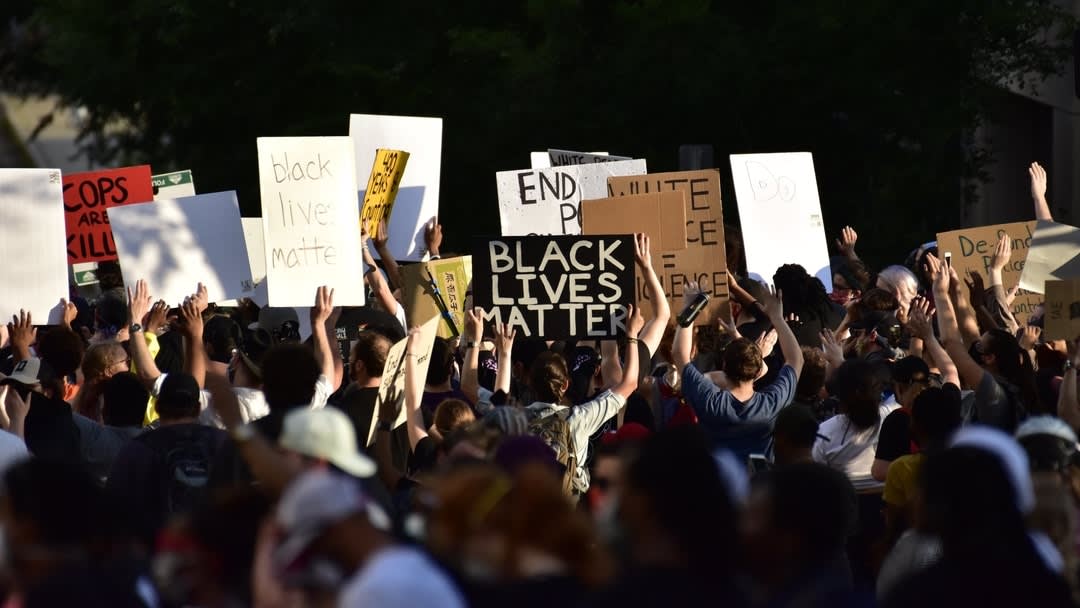
A long and tragic list of deaths
Sadly, the list is too long to mention them all, but let us at least remember Kamanjayi Walker, who died in 2019; Tanya Day, who died in 2017; David Dungay Jr; and Mulrunji Doomadgee.
The public details of each of their cases, and many others, is heartbreakingly traumatic to read when one views it with a lens that considers the injustice. David Dungay passed away in 2015, restrained by five guards in a Sydney jail. Twelve times before he passed away, he called out for help, saying: “I can’t breathe.”
In November 2004, Mulrunji Doomadgee was taken into police custody on Palm Island with no visible injuries. Hours later he was dead from injuries so severe that upon autopsy they were compared to those sustained by vehicle and plane crash victims.
The reason of his arrest was for being drunk and a public nuisance, a minor offence that should not have resulted in his arrest, as per the recommendations of the 1991 royal commission report.
One week after his death, angry residents seeking answers and justice participated in a riot through the community that resulted in buildings being destroyed, and police, authorities and other government workers feeling threatened.
The government’s response included a military presence, curfews and movement restrictions – we’re not so far away from the US story ourselves.
“Many people who are upset about the destruction, looting and lawlessness that we’re witnessing as part of the US #blacklivesmatter movement are overlooking the importance of what is really being said by people who have been victims of police brutality for many generations.”
Many people who are upset about the destruction, looting and lawlessness that we’re witnessing as part of the US #blacklivesmatter movement are overlooking the importance of what is really being said by people who have been victims of police brutality for many generations.
Balance the destruction of buildings and man-made possessions, and structures, with the value of a life, of many lives…
Consider the evidence of being wrongfully accused, charged, and convicted. Of living in fear and with a heightened state of stress, because of the colour of your skin.
That is the state with which many Aboriginal people, Torres Strait Islanders, African-Americans and other people of colour come to the relationships they have with police, reinforced by white systems of power and governance that have defined their relationship with us.
The police come to it in power, in authority, in a weaponised position that is premised on their white privilege, and in the US, their colonial history of slavery.
In Australia, it’s built on our colonial history of disregard, dispossession, and genocide, and its expression is racism and complacency.
Are we really ‘in this together’?
The theme for National Reconciliation Week 2020 was “In this together”. Are we really?
If we look at things as they are, we would surely have to doubt this. Instead, we should ask, “What would it take for us to be truly in it together?”. It would take truth-telling. It would take respectful and honourable partnerships.
It will take legal positioning in the constitution and in treaties. And it will take everyday Australians becoming more informed, honouring with regard the sovereign relationship of Indigenous people to our lands, and the long and deep cultural heritage of our nation.
It will take Australians choosing to not boo the Aboriginal sporting hero, but challenging stereotypes, standing up against racism, and becoming champions of strength-based solutions to the challenges that Australia faces because of its own black history.
This article was published by Lens.
Professor Jacinta Elston, an Aboriginal woman from Townsville in North Queensland, is the inaugural Pro Vice-Chancellor (Indigenous) at Monash University. Her career has focused on promoting Indigenous health and Indigenous higher education.







